A Monster Calls
 Scott Pfeiffer
Scott Pfeiffer  Friday, January 6, 2017 at 12:30PM
Friday, January 6, 2017 at 12:30PM 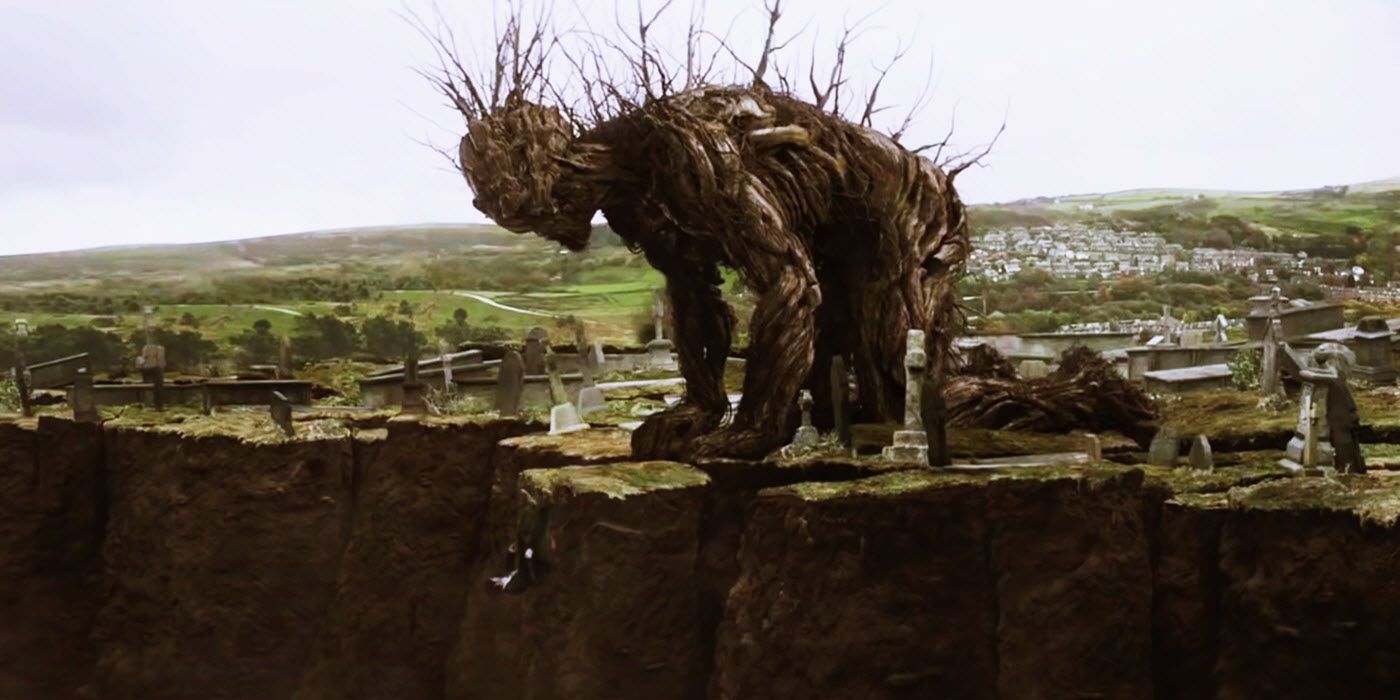
A Monster Calls is a shattering, sometimes cathartic adaptation of the beautiful Carnegie Medal-winning fantasy-drama novel for young adults by Patrick Ness. He wrote the screenplay, and the film is a mostly harmonious union of his vision and that of the film's Spanish director, J.A. Bayona (The Orphanage, The Impossible). Bayona's filmmaking is marked by a certain slickness and tremendous raw heart. Together, they've shepherded the heart of this tale to the screen, keeping it a tough-minded, heartbreakingly honest piece about faith, stories and grieving. The story, inspired by an idea by the late novelist Siobhan Dowd, herself taken away by the monster of breast cancer at age 47, is set in an English town, where a furious, scared 13-year-old boy, Conor O'Malley (Lewis MacDougall) lives with his young single mum (Felicity Jones). She is dying of cancer. Behind their house is a small hill on which stands a church, a graveyard, and an ancient yew tree.
Conor awakes at precisely 12:07 from a heart-stopping nightmare to find the tree, transformed into a massive monster, is now standing in his backyard. "Its voice rumbled low and loud," Ness writes, "with a vibration so deep Conor could feel it in his chest." Who but Liam Neeson, then, could voice the monster for the movie? Given the right sound system, you'll feel Neeson's voice rumbling right where Conor does. Hurling Conor about, the monster bellows that he has come to tell him three stories. Then Conor must tell him a fourth, and it must contain his truth.
We might be tempted, then, to see the monster as metaphor--for Conor's mum's illness, or for his anger, or even his encroaching manhood. In fact, the monster is neither metaphor nor dream. In the book, when Conor asks him to name himself, he bellows, "I am Herne the Hunter, I am Cernunnos, I am the eternal Green Man." That is, he is a creature of "the old ways," the ancient magic, come walking.
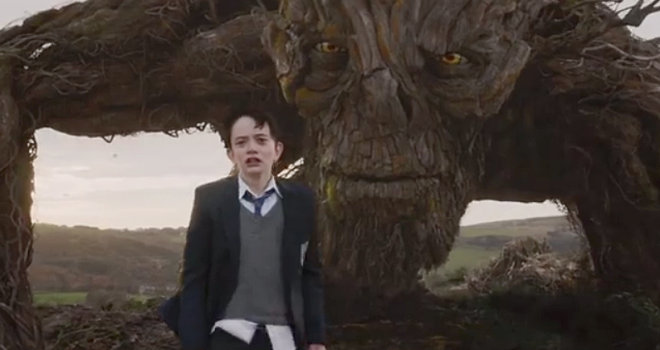
When his mum's illness gets so bad she needs to be hospitalized, Conor goes to stay with his non-traditional grandma (Sigourney Weaver), an active career woman who strikes him as bossy. Looking him in the eye, his mum has insisted it's okay for him to be angry. "And if you need to break things, then by God, you break them good and hard." Destruction's satisfying, as he discovers when, with the monster as his proxy, he demolishes his grandmother's museum-like sitting room and her treasured clock. This brings us to one of the great moments in the book, preserved in the film: grandma, speechless upon discovering the carnage, proceeds to pull down the last remaining standing object in the room, a display cabinet, herself. The monster is again Conor's surrogate when he beats the bully Harry (James Melville) to a pulp. When he must go see the head mistress, she's played by Geraldine Chaplin, whose presence has graced all three of Bayona's features.
For as much as the movie adaptation leaves out (readers will notice that the character of Lily, Conor's estranged friend, is excised altogether), it adds a crucial dimension: it makes Conor a young artist. Together, he and his mum draw and paint, and she teaches him that "the life is in the eyes." (They also watch films together in their living room, such as the 1933 monster movie King Kong--and by "films," I'm talking projector-and-celluloid). Making Conor an illustrator is also a bit of an homage to Jim Kay, whose kinetic black-and-white illustrations were so essential to the novel. It's a way of making illustration a key part of the film experience, as well.
To depict the stories the monster tells Conor, the filmmakers deploy full-color animation by Barcelona's Headless Productions. These have a nice handmade, cutout collage feel. The monster's stories are fables of human complexity and adult contradictions. The first story is about a queen who is both "a good witch and a bad witch," and a prince who is both "a murderer and a savior." The second, a parable of selfishness, concerns a parson who owns a yew tree, and an "evil-hearted" apothecary who covets it for its healing properties. (After nothing else works, mum's doctors try a medicine made from yew trees. She holds out hope it could be the thing that heals her. "Belief is half of all healing," she says. "Belief is the cure, belief in the future that awaits.")
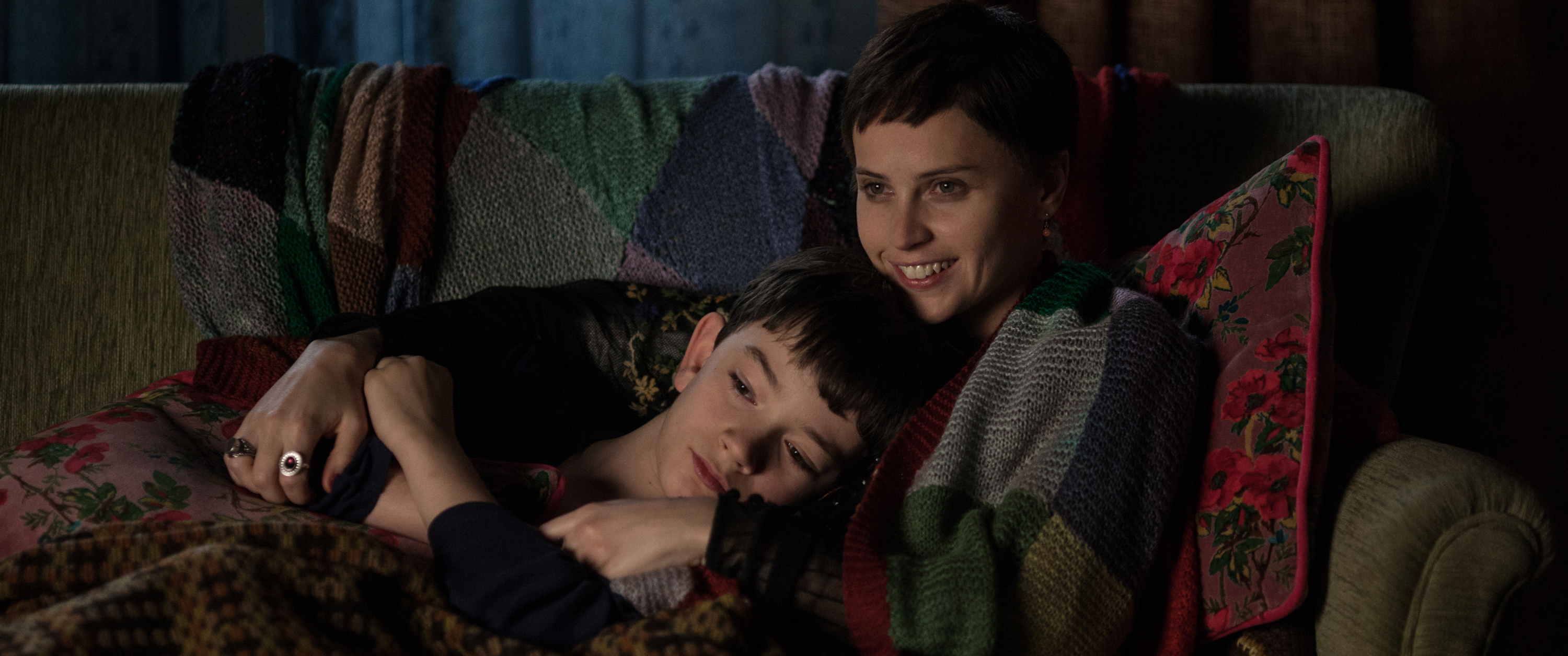
The third tale has to do with Conor's seemingly masochistic craving for punishment. (His horrible nightmares are born of what he considers a shameful secret.) As Bayona showed in The Impossible, he's riveting at handling characters swept up in great disasters, and the big set-pieces here, such as the nightmare finale, show what he can do as a conductor of apocalypse and nightmare. He always makes sure the special effects are in the service of life-and-death human stakes.
This is intense material. Jones and Weaver leave their hearts on the floor, transmitting all the fierce, complicated love of the parent-child bond, as well as the rage and anguish that it should be torn asunder--that they are powerless to write a different ending to their story. The young MacDougall is called upon to be not just peevish, but to find the truth in the material, and he does it. He is the boy who must learn that "stories were wild, wild animals and went off in directions you couldn't expect."
Those of us who've been around for a few years, certainly a few more than the target audience for A Monster Calls, will admire how it shepherds its young adult audience, with great care and honesty, across the emotional terrain we know they will face in life, with all its mysteries and dangers. "Your mind will contradict itself a hundred times each day," the monster tells Conor. "Your mind will believe comforting lies while also knowing the painful truths that make those lies necessary." So how do you fight it, Conor asks? The answer comes back: by speaking your truth, even when you're afraid of what people might think. And we fight back with stories, which allow us to process those painful truths, contextualize them, sometimes even forget them for a little while. This is what our books, our films give to us. "Stories are the wildest things of all," says the monster. "Stories chase and bite and hunt." They can also heal.
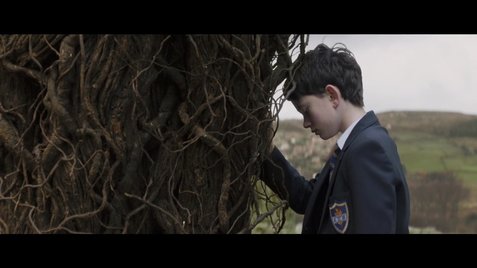
Rating: ****
Key to ratings:
***** (essential viewing)
**** (excellent)
*** (worth a look)
** (forgettable)
* (rubbish!!)
 J.A. Bayona,
J.A. Bayona,  Liam Neeson
Liam Neeson 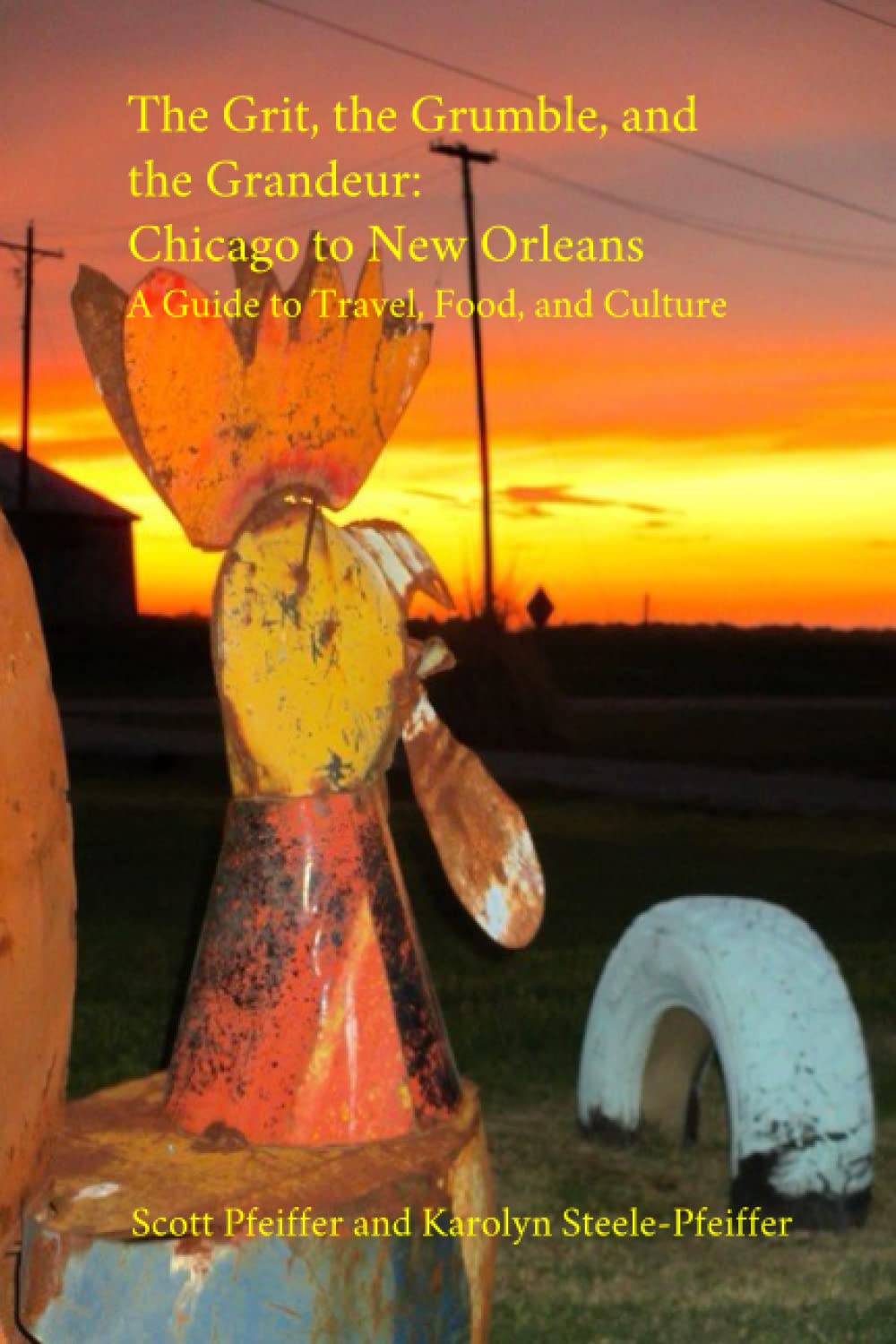

Reader Comments